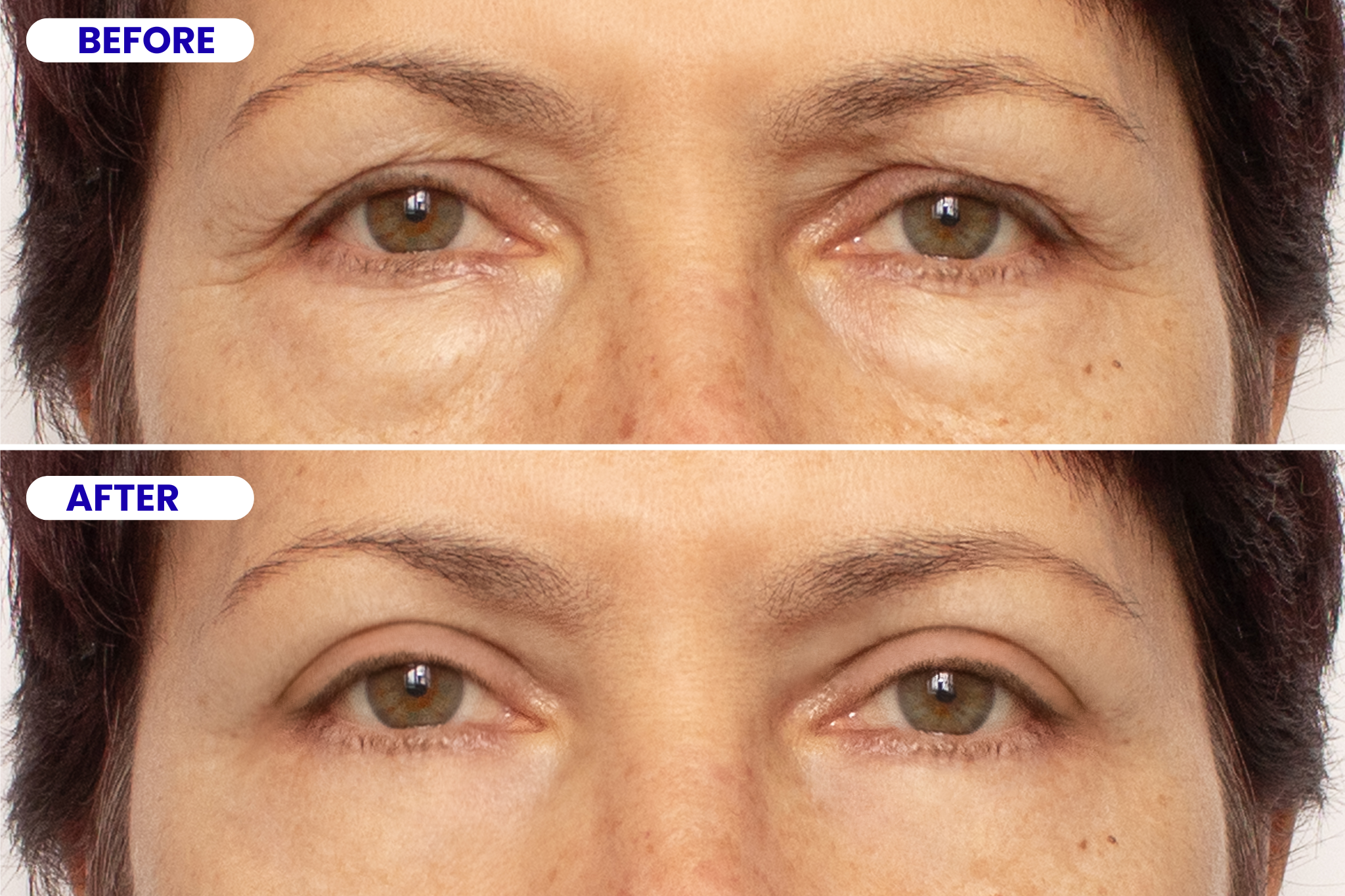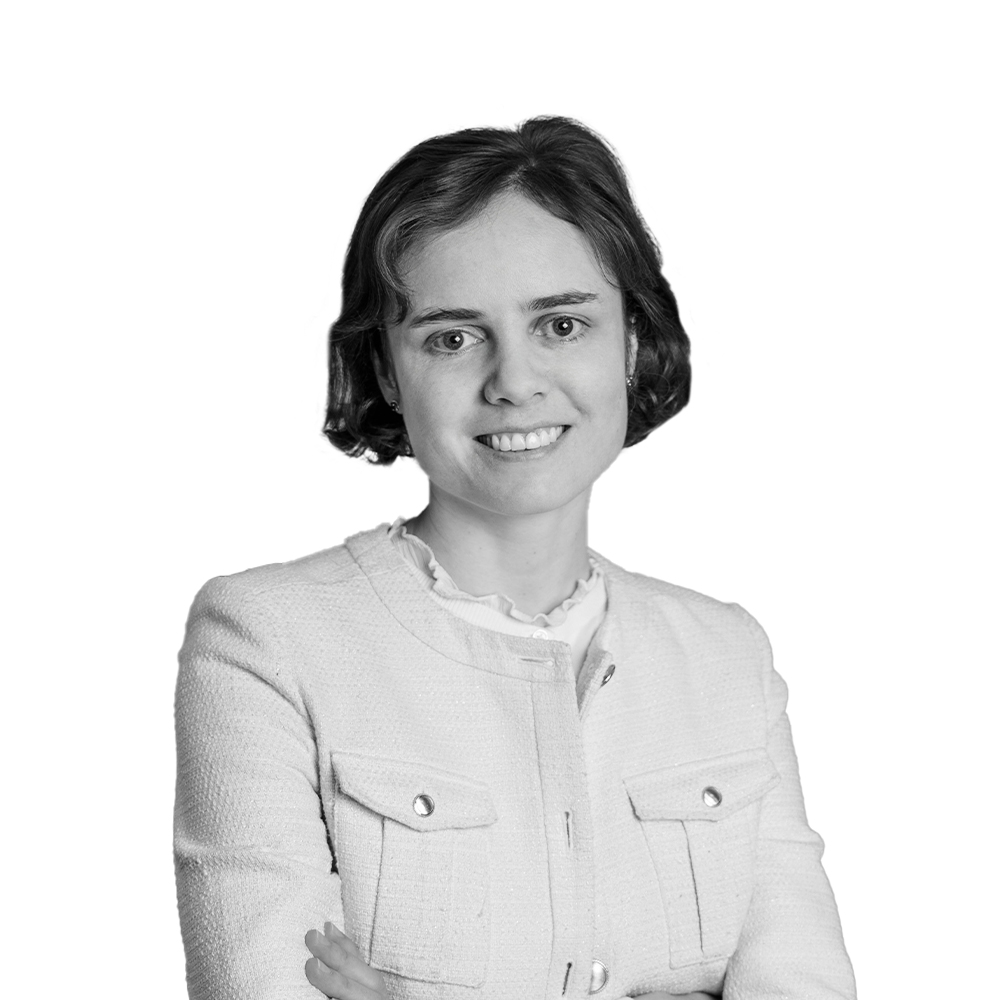Blepharoplasty (Eyelid Surgery)
Blepharoplasty is a procedure that treats droopy eyelids, or dermatochalasis, by removing or repositioning excess skin, muscle, and fat around the eyes. As we age, the eyelid skin naturally stretches and the muscles that support them weaken. This can cause heavy, hooded upper lids.
In addition to making the eyes look older or tired, significant upper lid hooding can also limit side (peripheral) vision, particularly in the upper and outer areas of your visual field. Blepharoplasty can correct these problems, restoring clearer vision while also giving the eyes a more alert appearance.


Blepharoplasty – Why Specialist Care Matters
Eyelid surgery involves working with the delicate tissues that protect your eyes and support vision. That’s why it’s important to choose an oculoplastic surgeon – an ophthalmologist with advanced training in eyelid and orbital surgery. In the right hands, complications are uncommon and usually minor.
At Progressive Vision, your care is led by Consultant Eye Surgeon Ms. Clare Quigley. Clare combines international fellowship training in the UK and Australia with experience as a Consultant Oculoplastic Surgeon in the UK. She is known for her surgical expertise, her outstanding academic achievements, and her compassionate, patient-first approach.
Request an AppointmentWhat to Expect During Blepharoplasty at Progressive Vision
- Clear as many physical tasks as possible so you can rest afterwards
- Stock up on food and comfort items – fridge filled, books, music, or films ready
- Cold compress- from most pharmacies
- Take your medicines as normal (unless advised otherwise by your GP or Ms Quigley)
- Avoid aspirin and ibuprofen unless prescribed regularly
- Wear loose fitting, comfortable clothing (no hoodies or thick jumpers)
- Allow easy access to your stomach for the earthing plate
- No eye make-up
- Continue regular medicines as normal
- Arrange a lift to and from our clinic in Swords
- Consent – you’ll sign your consent form before surgery
- Anaesthetic – eye drops to protect against stinging, followed by local anaesthetic injection (brief sting, then numbness)
- Marking – precise markings drawn on upper lids
- Surgery – excess skin, fat, and muscle carefully removed, wound sutured
- Recovery (in clinic) – 40 minutes with cold compress, pads removed, tea/coffee, post-op instructions given
Bruising & Swelling:
- Normal to worsen for first 3 days, then improve from day 4
- Use cold compress 10 minutes every waking hour for 2 days, then 4-6 times daily for 5 days
- Expect some oozing – avoid best pillowcases/sheets
Pain:
- Usually mild; paracetamol usually sufficient
- Stronger pain relief rarely needed
Ointment & Drops:
-
Apply as instructed along stitches.
Cleaning & Hygiene:
- Clean gently with cooled boiled water and pads
- No rubbing – pat only
- Avoid makeup on upper lids for 2 weeks
Sleeping:
- Sleeping slightly propped up can reduce swelling, but comfort is most important
Sunglasses:
- Wear outdoors at all times (even if cloudy) – protects scar from UV
Antibiotics:
- Ointment as prescribed
Driving & Exercise:
- Driving usually possible the next day
- Light walking OK, avoid strenuous activity for first week
- Week 1 – expect bruising and swelling
- Week 2 – significant improvement, stitches removed, return to normal life
- Weeks 3–4 – slower progress, still mild healing
- 3 months – scar fading, almost unnoticeable
- 6 months – continued improvement, final results
Request an Appointment / General Enquiry
Please fill out the information below and we will contact you to discuss the best possible time for an appointment or for a general enquiry.
"*" indicates required fields